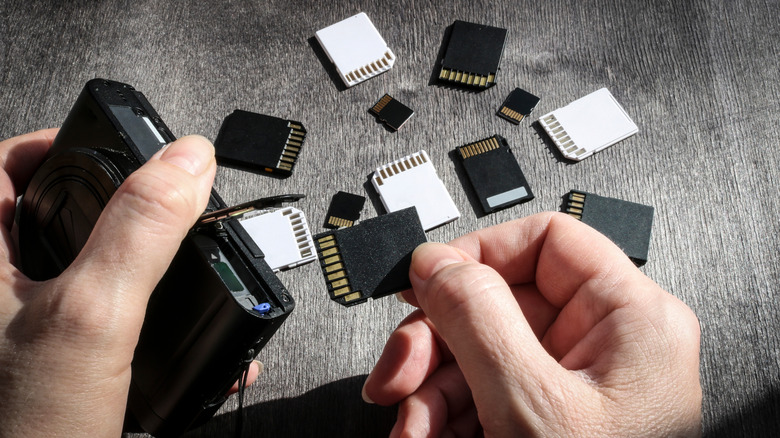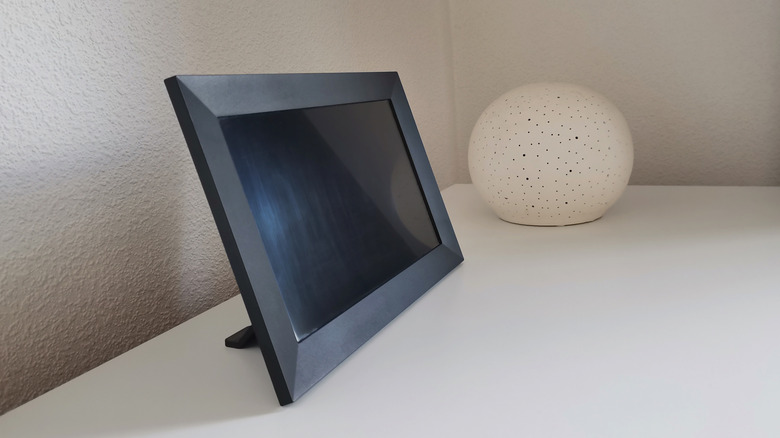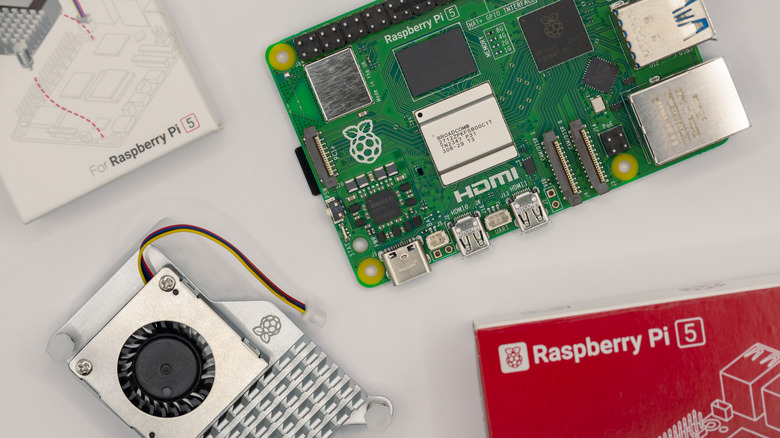Nowadays, we have cloud storage, SSDs, and other high-tech storage solutions, but SD cards are still popular due to their portability and small form factor. They have significantly improved in storage capacity and speed over time, so they’re used in devices from GoPros to powerful drones. You probably have several old SD cards from your old phones, DSLR cameras, and other devices. They’re often much smaller and slower than their modern counterparts, but don’t throw them out just yet. Even if they’re outdated by today’s standards, those little cards can still do a lot more than you think.
Older SD cards come with smaller storage capacities like 1GB, 2GB, and 4GB. While they’re no longer suitable for modern photography and videography, you can use them for smaller, more specialized tasks. They work with everything from Raspberry Pi projects to digital picture frames, retro gaming consoles, and microcontrollers. You can set one up as a rescue tool for your PC, use it for lightweight documents, or dedicate it to storing media from older cameras or devices that don’t support the modern high-capacity cards. That said, here are three great ways to repurpose the SD cards collecting dust in your drawers.
Store offline e-books and documents
Old SD cards might not have the capacity to hold your full music library or 4K videos, but they’re more than capable of storing e-books, PDFs, and other offline resources. Even a 2GB card can store thousands of text files or hundreds of e-book files. That makes it perfect for creating an offline archive you can carry with you when you travel.
Load the card with e-books, manuals, reference guides, or niche content like survival resources, tech documentation, or travel material. You can download over 75,000 free e-books from Project Gutenberg and use multiple SD cards to save by category. Pair your SD cards with an older smartphone, e-reader, or tablet that still has a microSD slot, and you’ve got a compact offline library that doesn’t rely on Wi-Fi. In essence, you can build your very own offline Kindle-like device by repurposing old tech you have lying around the house. As a huge bonus, you’re saving the environment from more e-waste.
Digital picture frames
One of the simplest ways to repurpose an old SD card is by turning it into a dedicated photo archive for a digital picture frame. Most digital frames, especially models from the 2000s and early 2010s, don’t connect to the internet or cloud storage. These frames are designed to display images on a loop and typically support SD or microSD cards for storage. So don’t let your favorite memories stay hidden on Google Photos or iCloud. Even if you have a small 1GB card, you can potentially display hundreds of photos since most frames don’t need high-resolution files. The screen of a picture frame is usually small enough to let you get away with low-resolution photos like 800×600 or 1024×768.
To prepare the card, select and resize images to match your frame’s resolution using photo editing software like Photoshop or free online tools. Resizing helps speed up loading times and ensures that photos aren’t cropped or distorted during playback. Save them in a supported format, usually JPEG, and transfer them to your SD card.
Use for Raspberry Pi projects
SD cards are an essential component of most Raspberry Pi systems. And while some complex projects benefit from high-speed cards with larger capacities, older SD cards are still ideal for lightweight or single-purpose Pi setups. Whether you’re building a Pi-hole ad blocker, a small media server, or a retro gaming system, you can run it just fine with an older 4GB card.
The beauty of the Raspberry Pi is its flexibility. You can flash the operating system on the SD card, and once inserted, the Pi will boot directly from the card. You don’t need any additional internal or external storage. Many projects are modular or minimal in scope, so there’s no reason to waste an expensive high-end SD card when an older one will do the job perfectly. Also, you can keep multiple project-specific cards on hand and swap them in as needed. This way, you can also experiment with different operating systems and software to find out what suits your needs without having to wipe your SD card.




